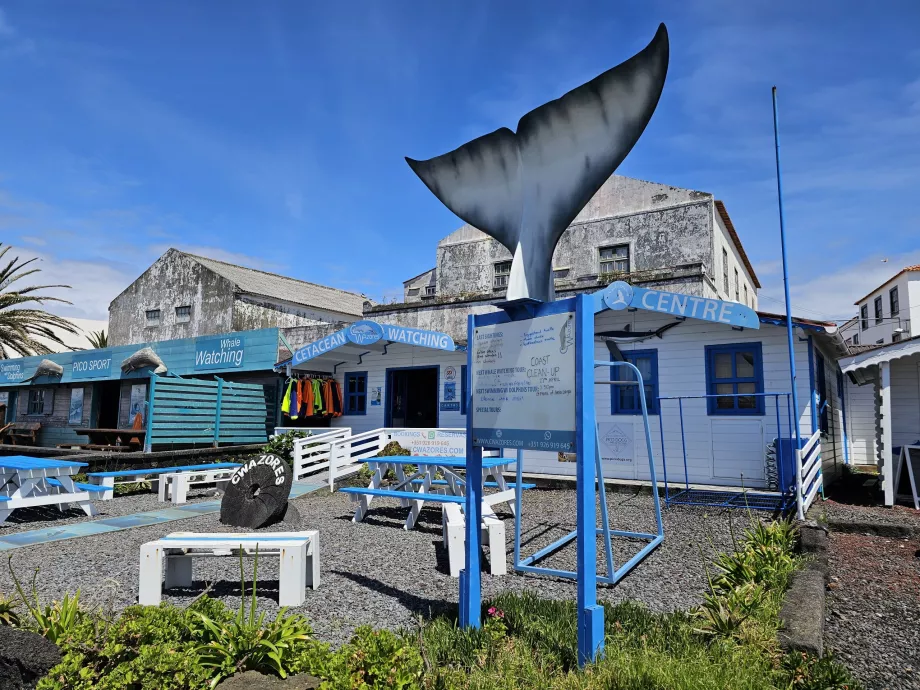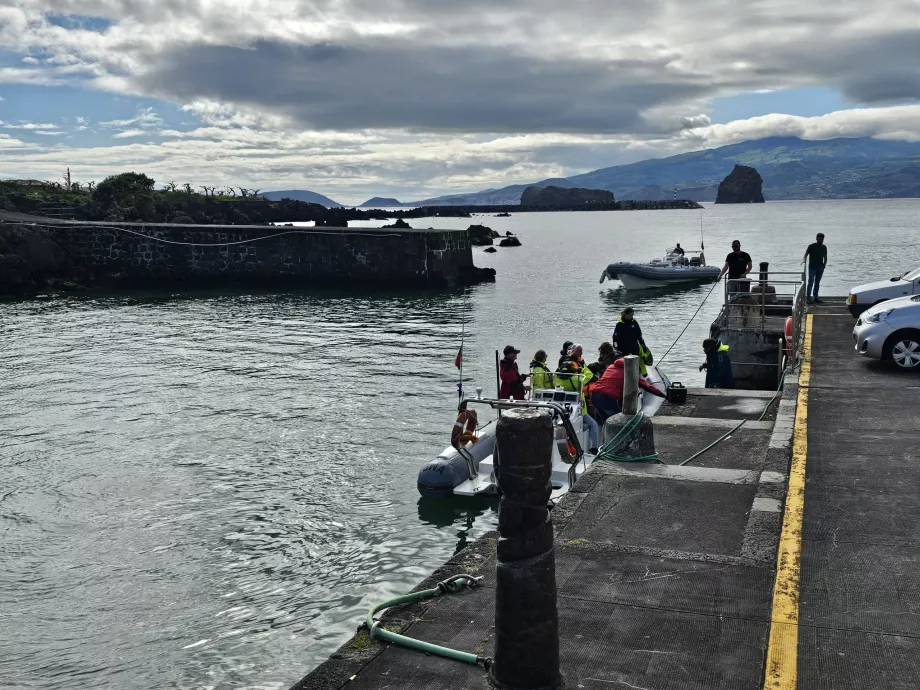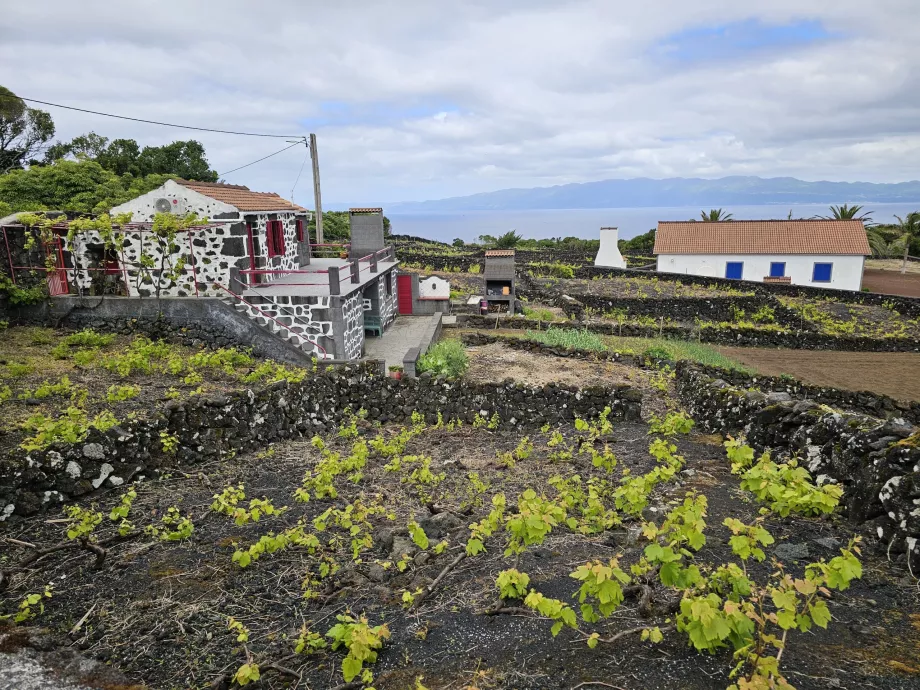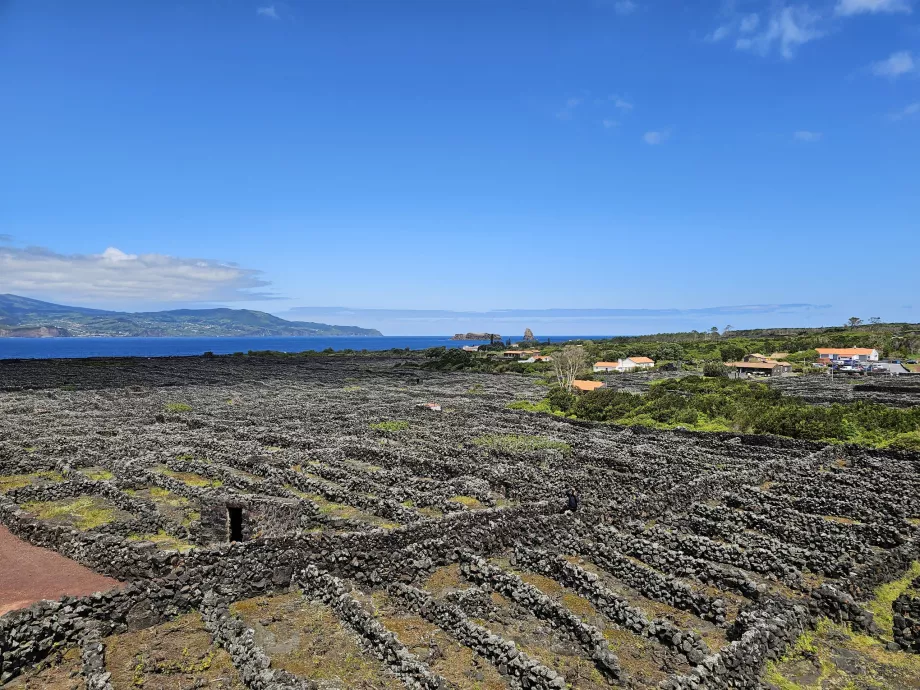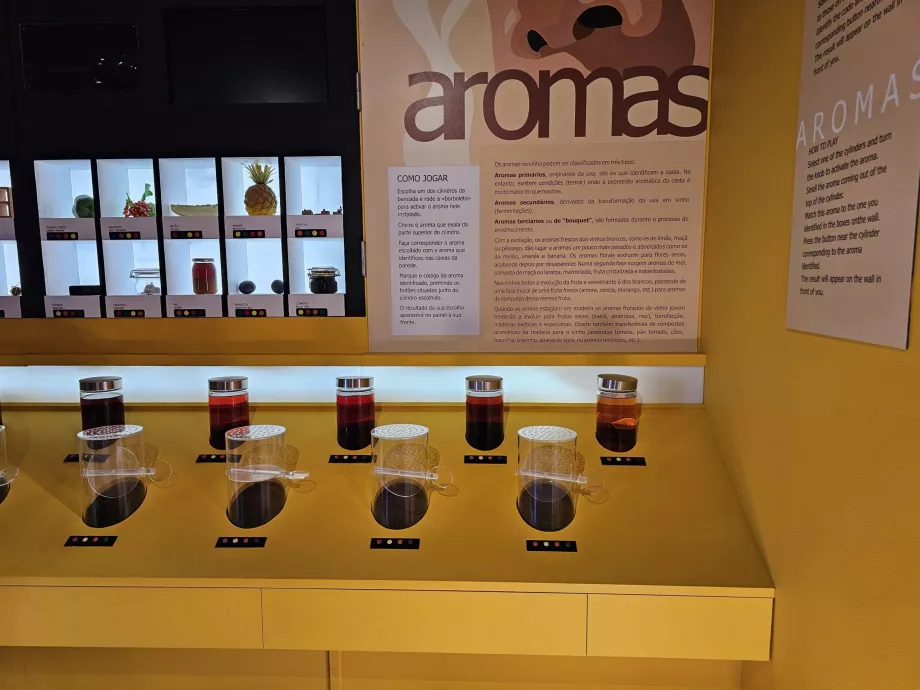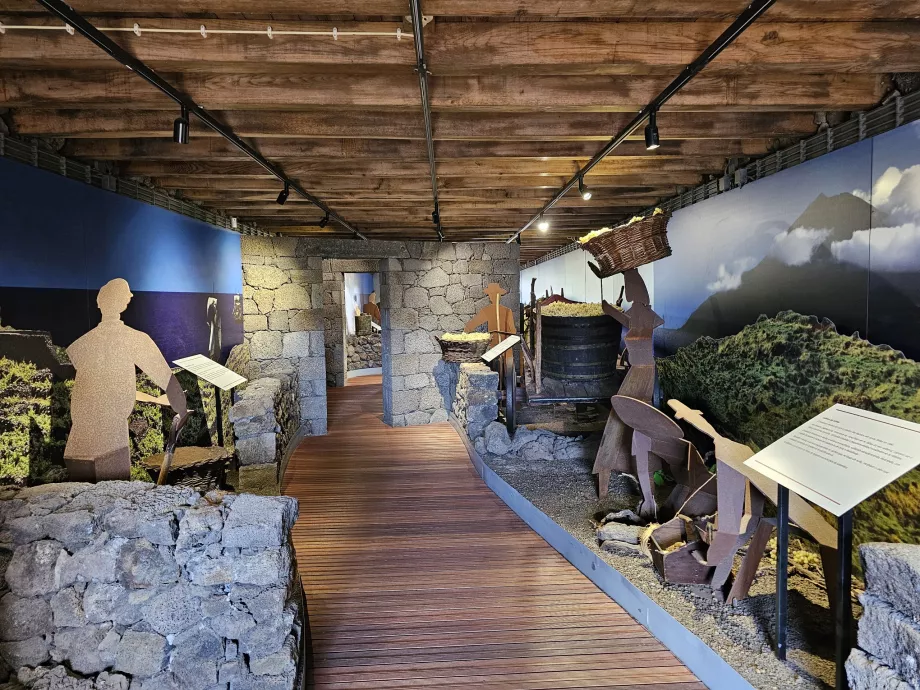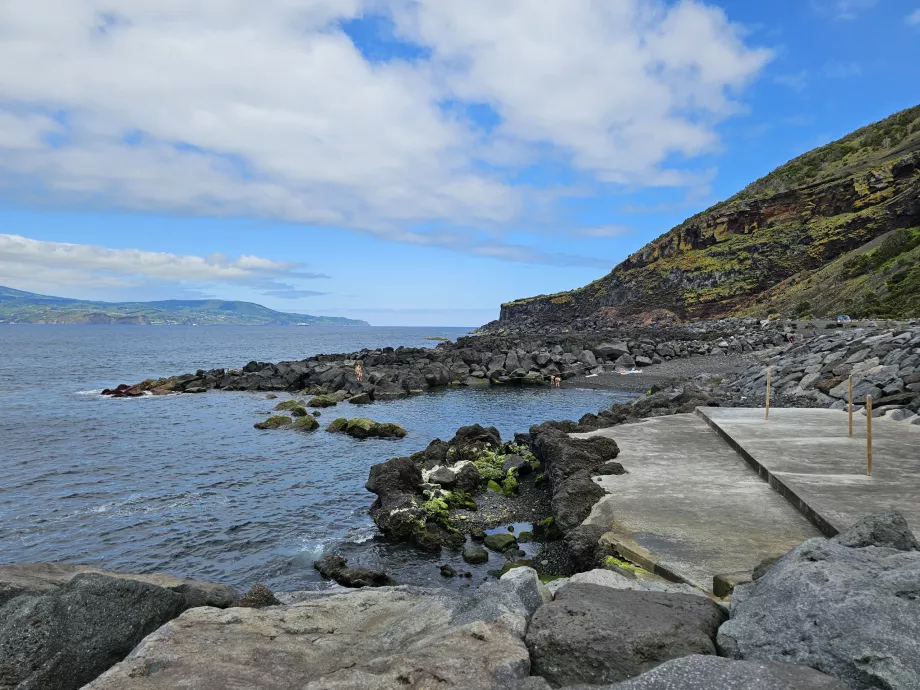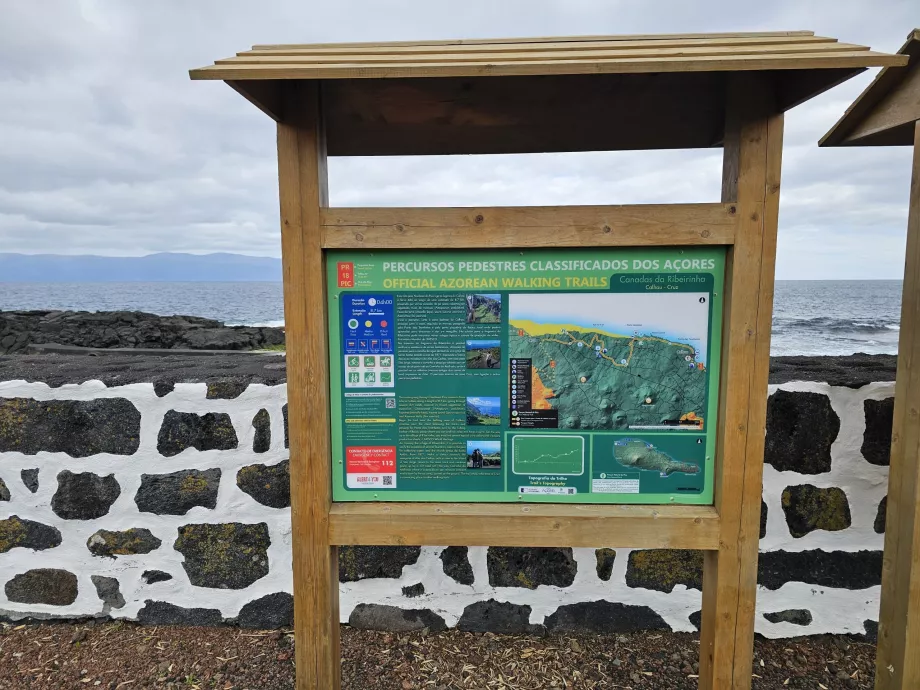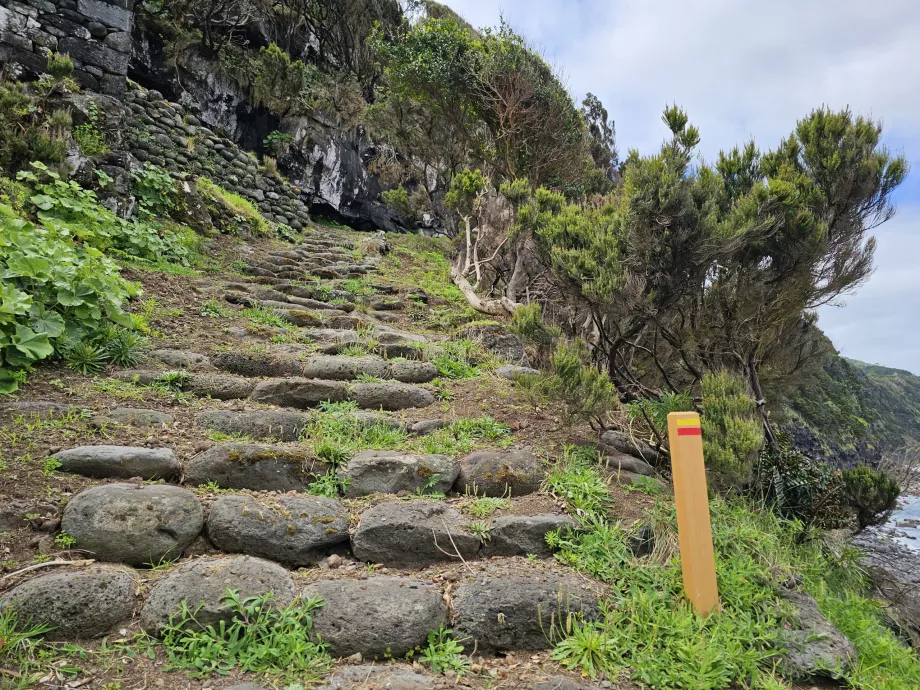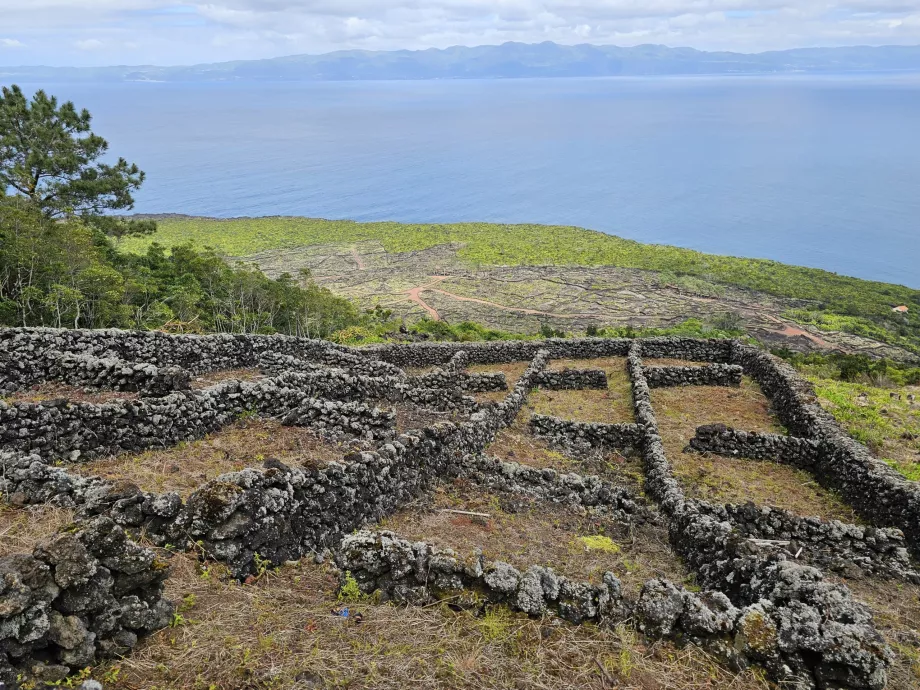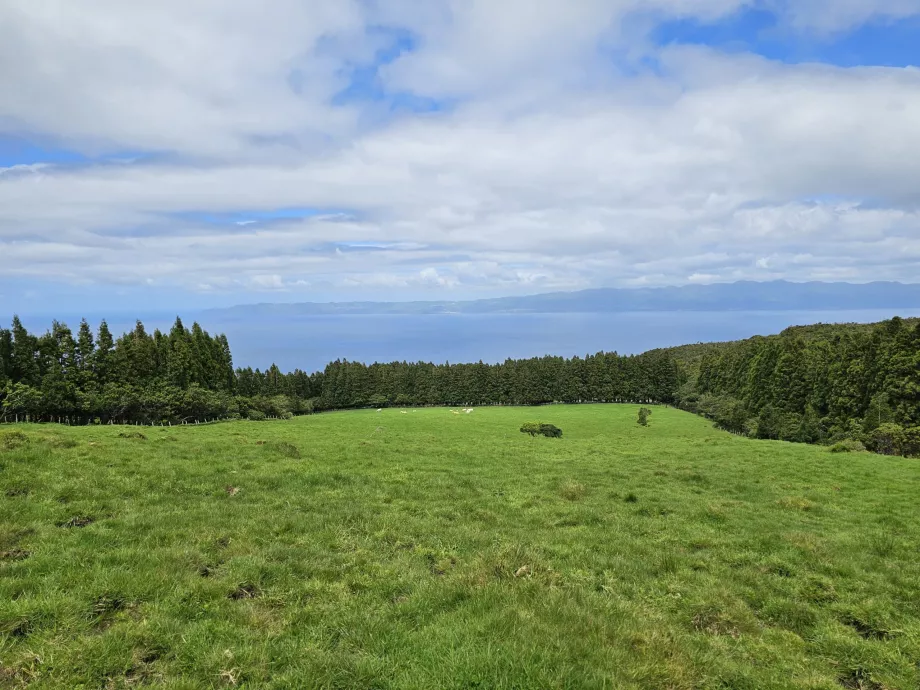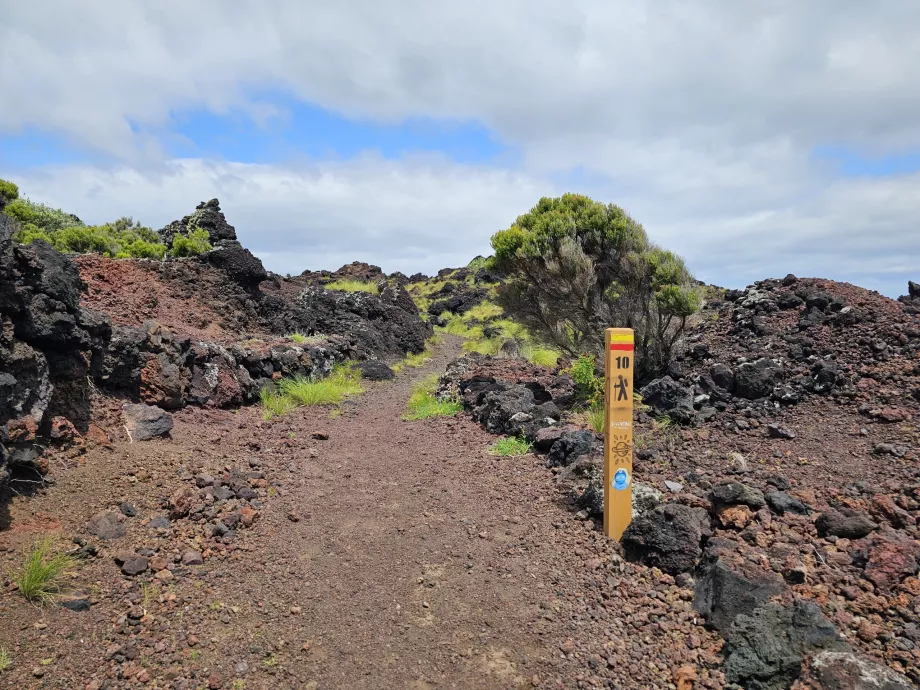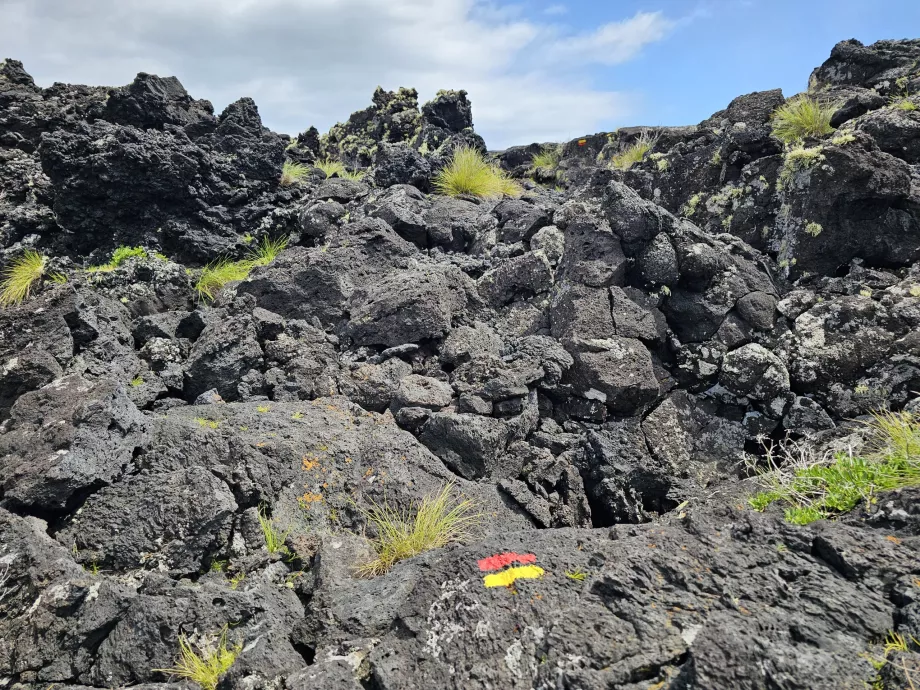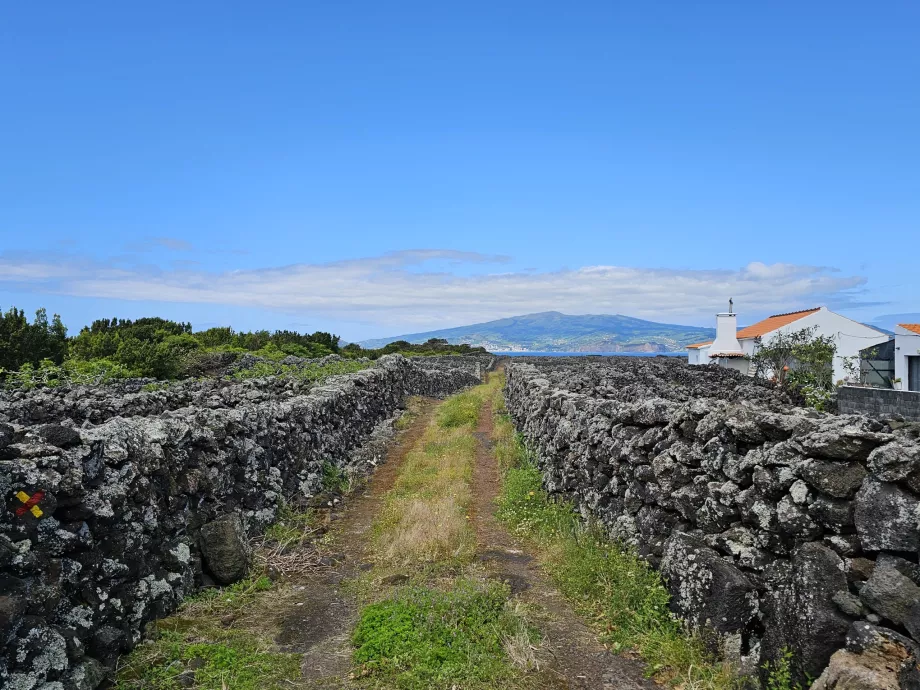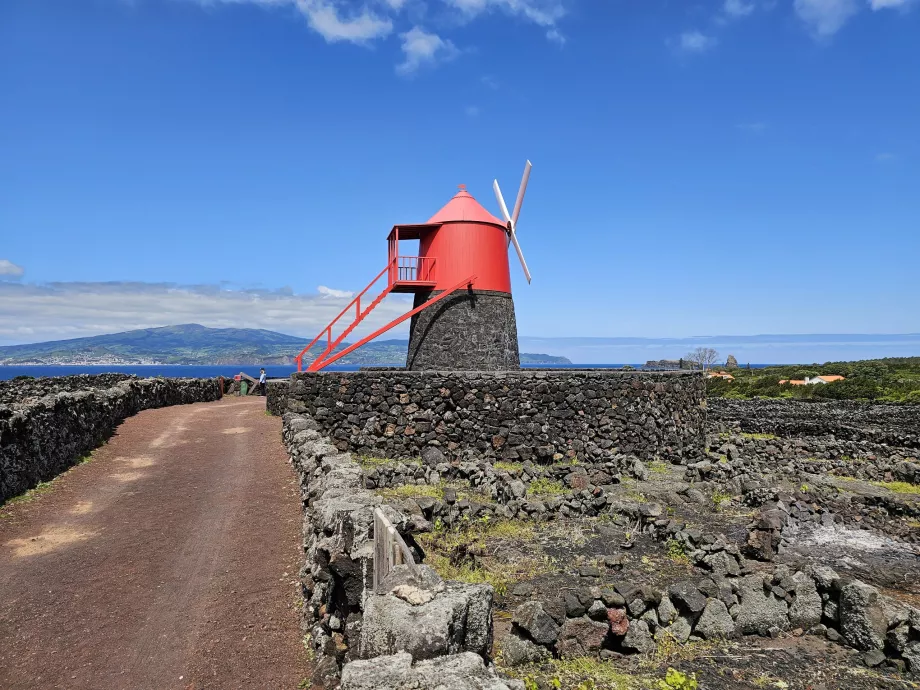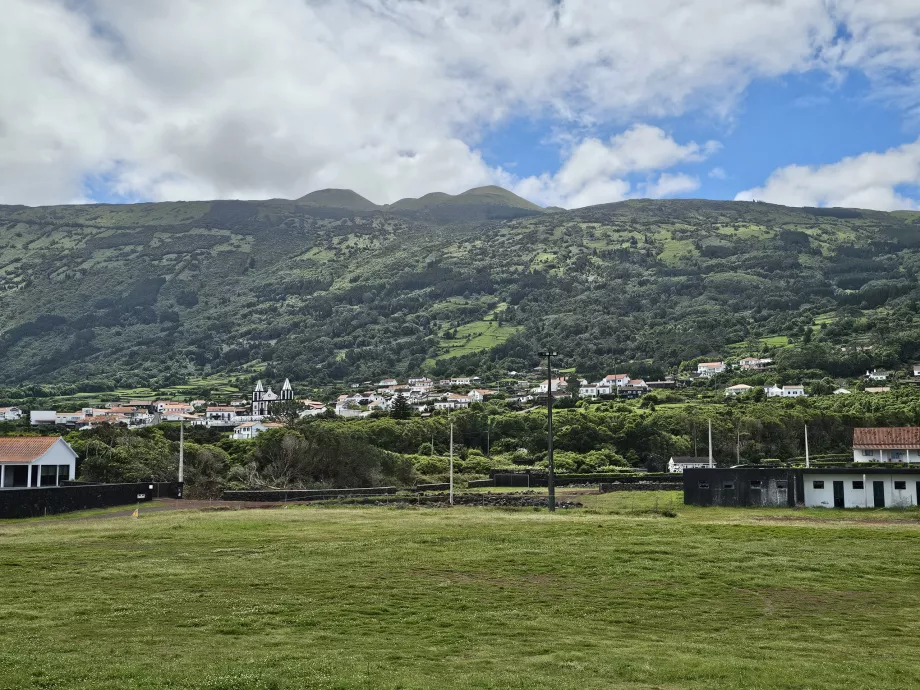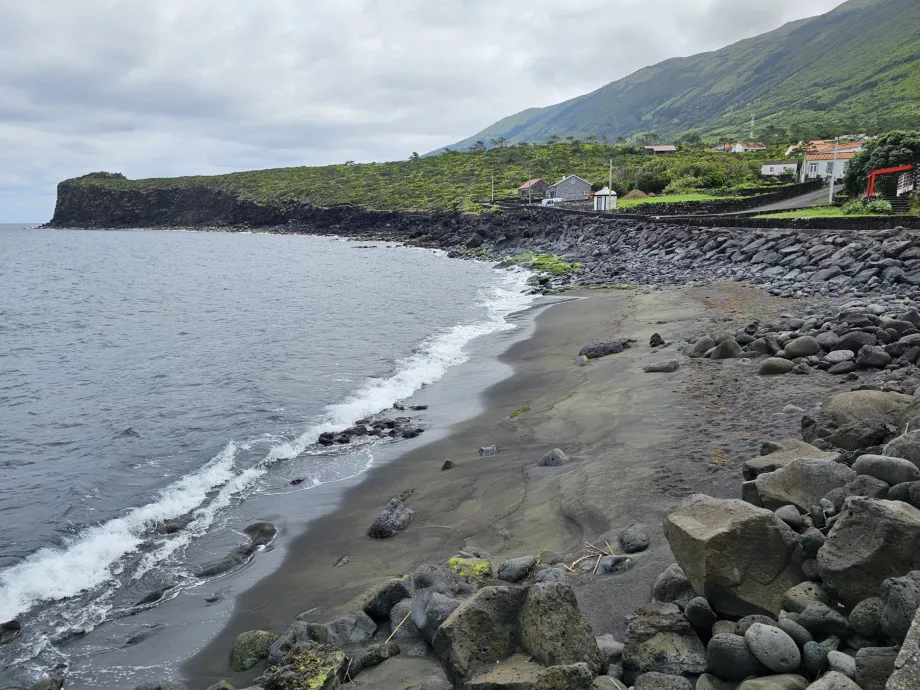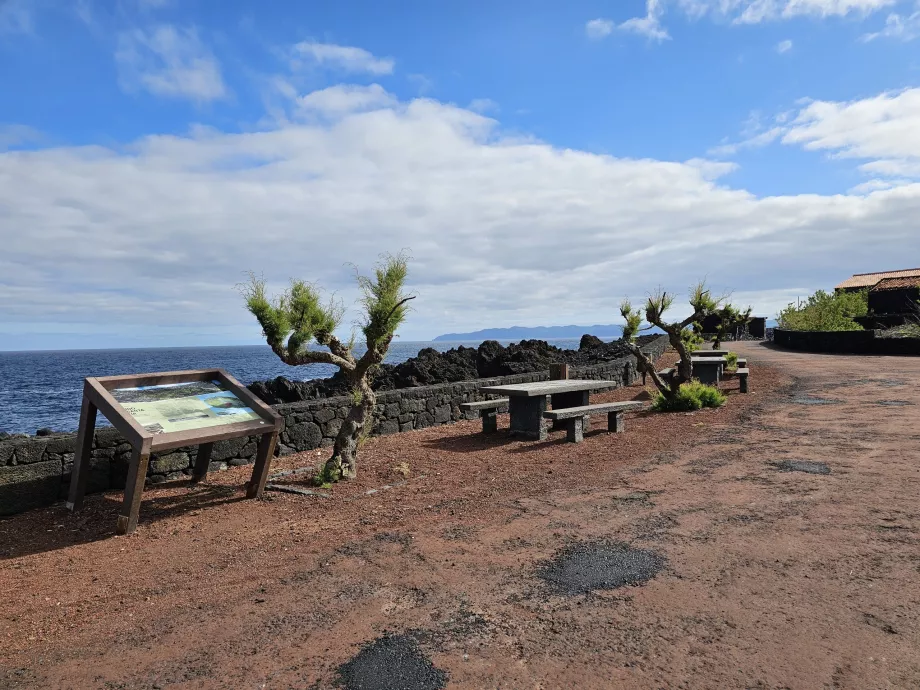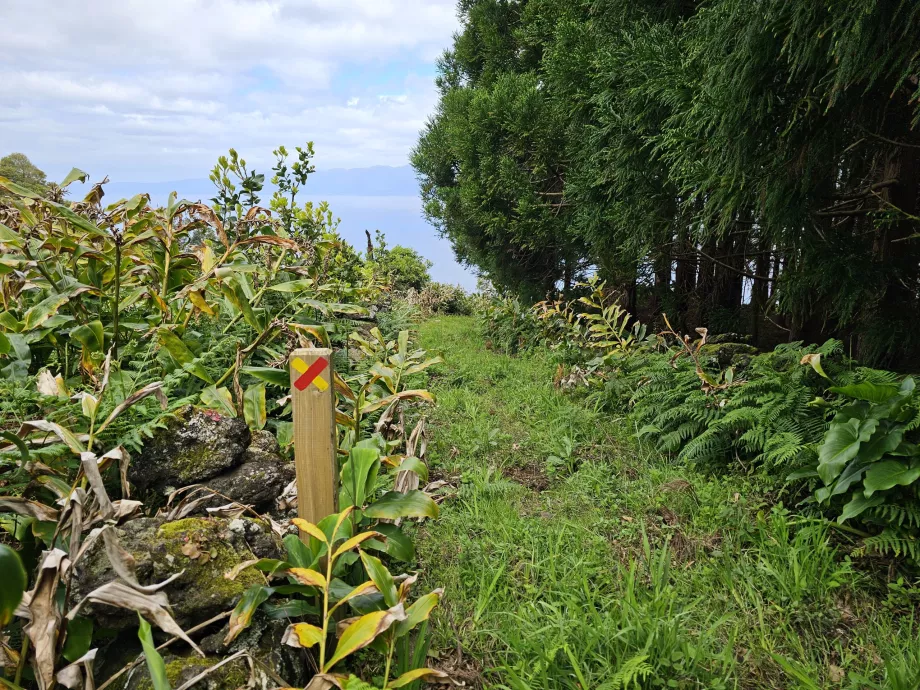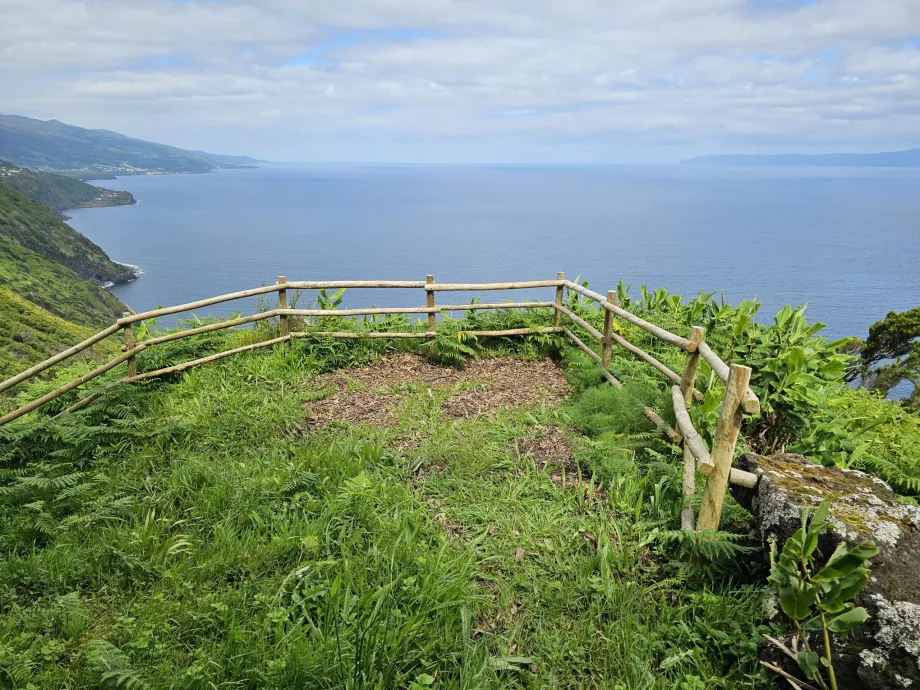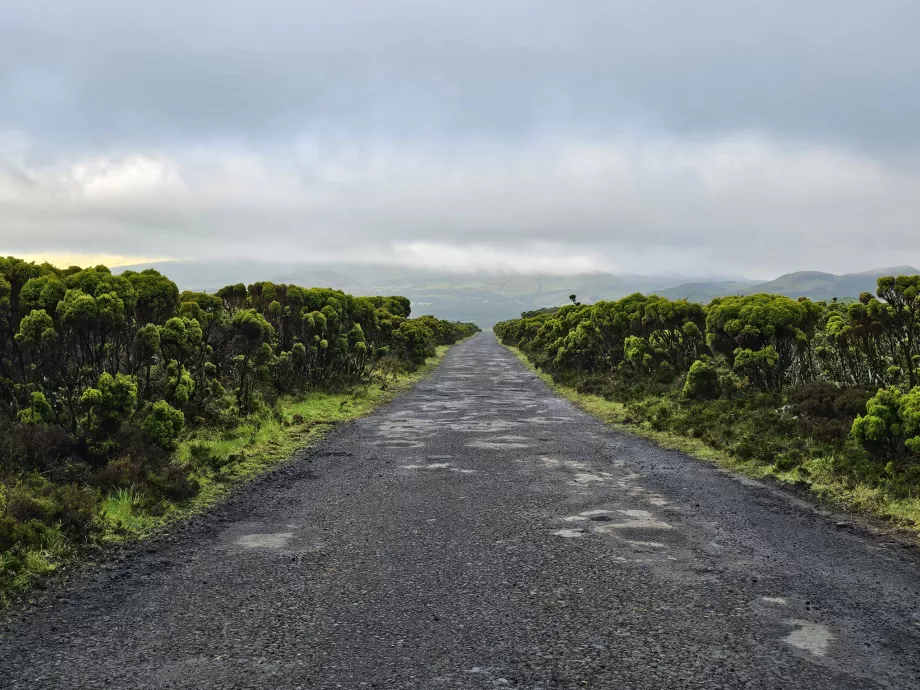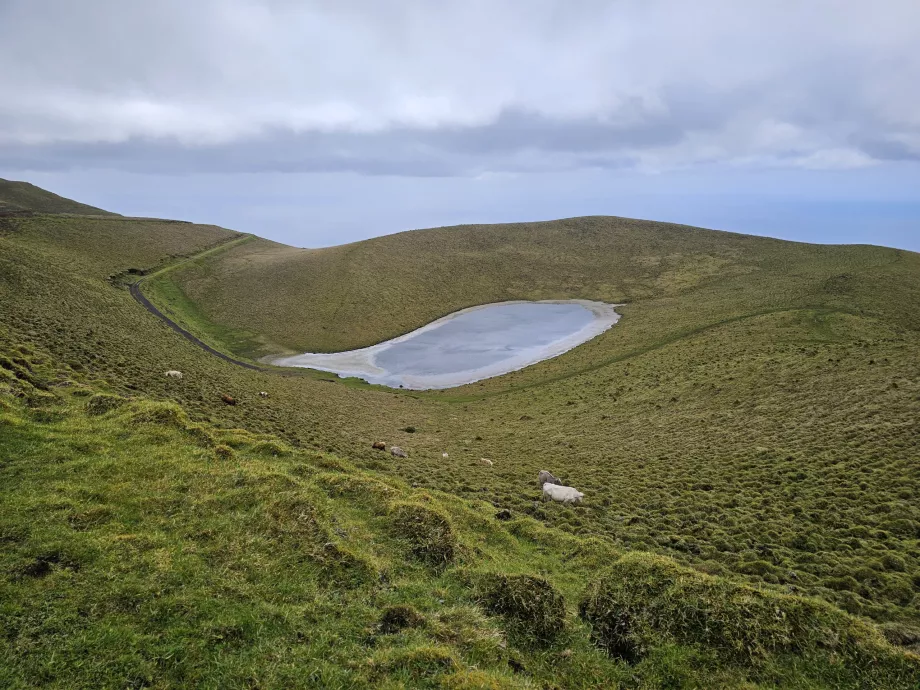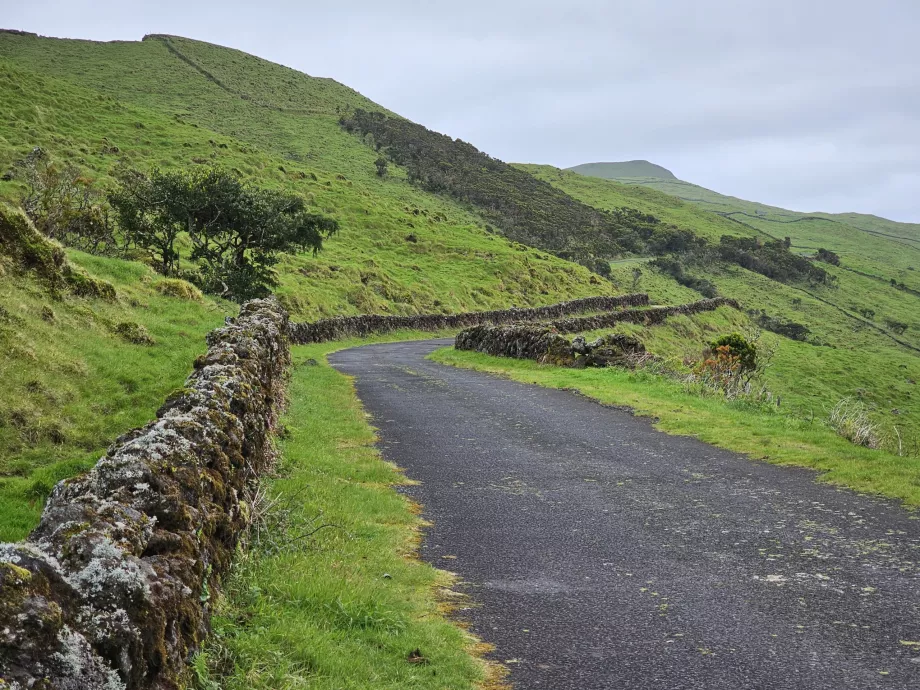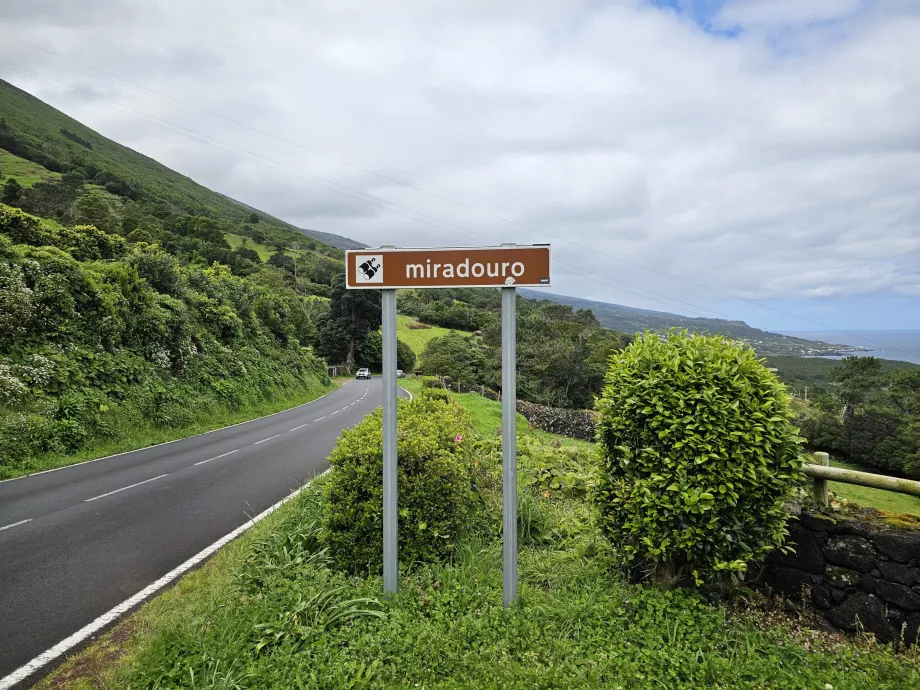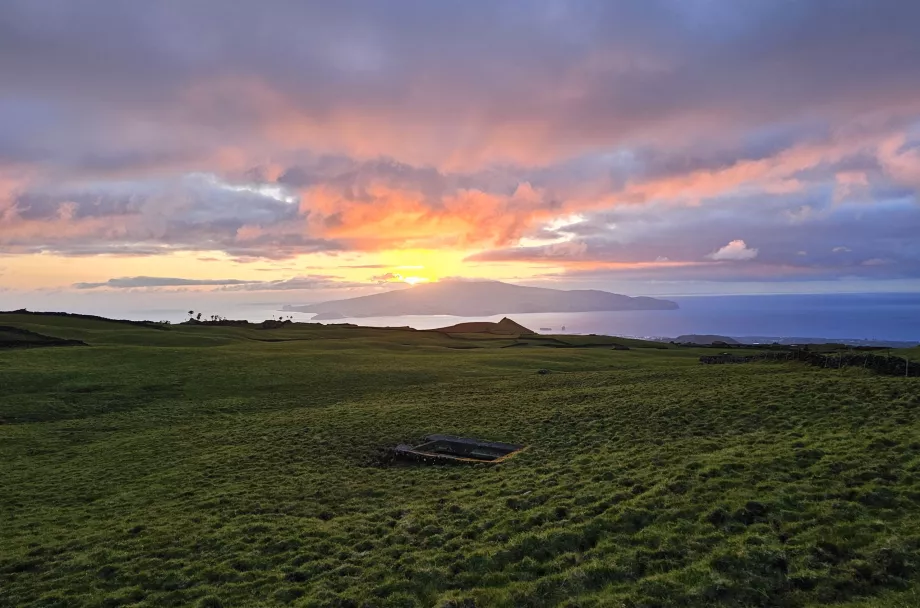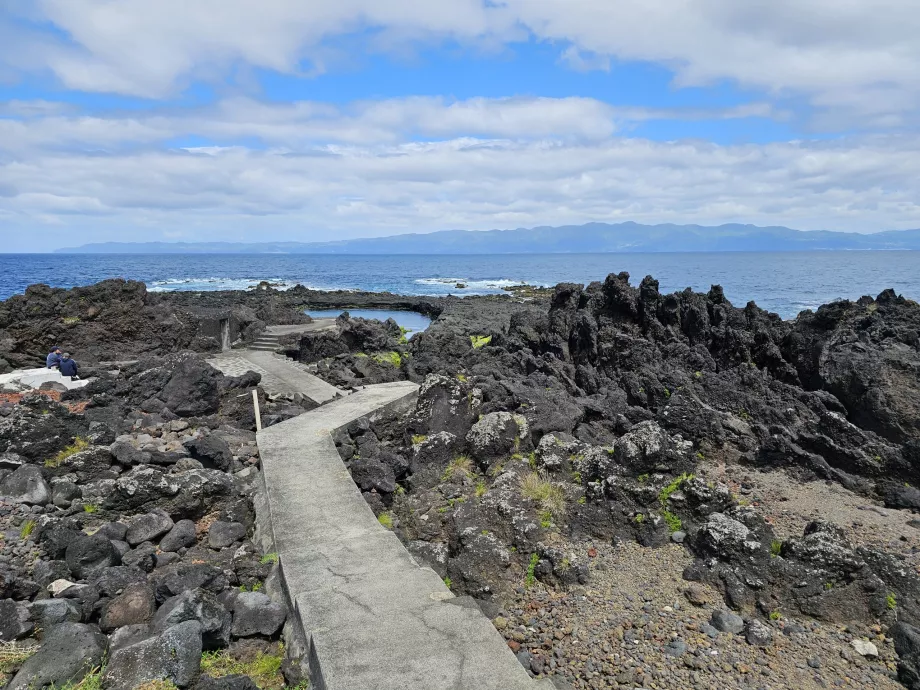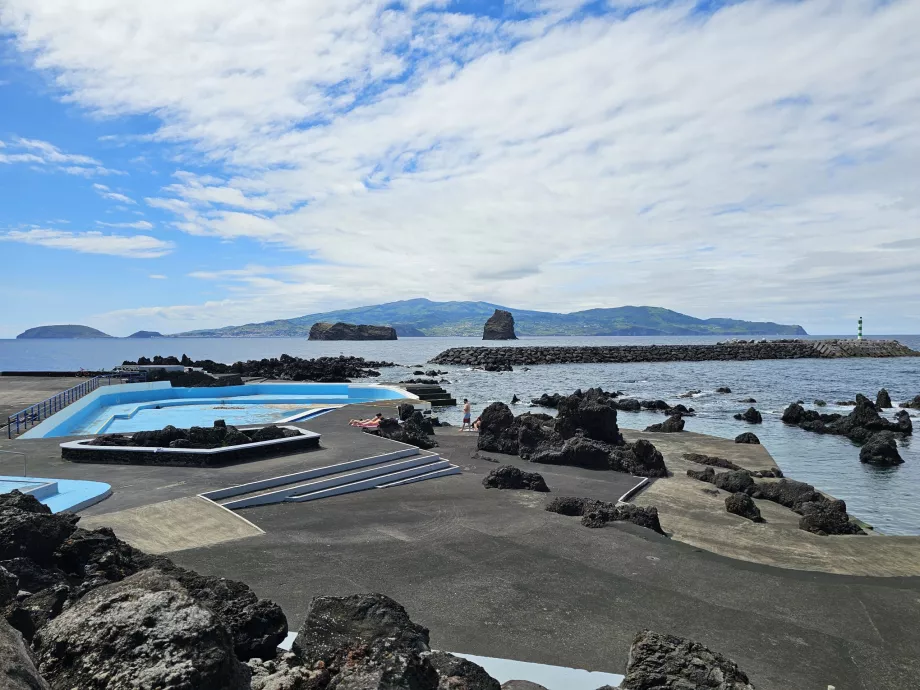What to do in Pico
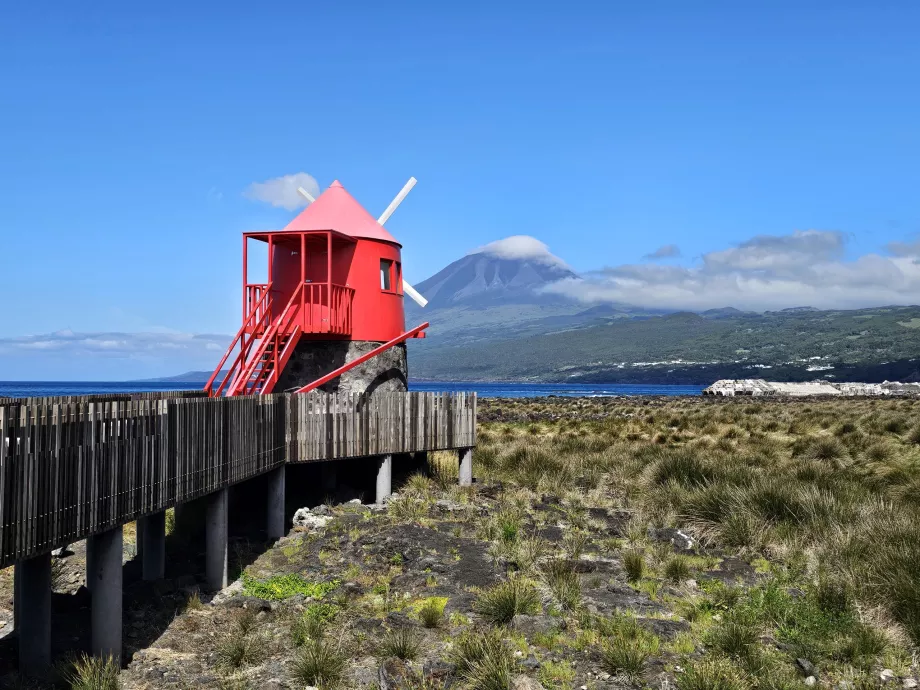
How to have fun on Pico Island? What activities are worth travelling to the most mountainous island in the Azores?
Whale and dolphin watching
The Azores are an extremely popular destination for whale and dolphin watching, as the waters and straits between the islands offer some of the best conditions for whales in Europe.
The waters around the islands of Pico, Faial and São Jorge are among the best for large whale watching of all the Azores.
Buy tickets to Pico PIX Airport
What are the prices and where to book?
Tourist agencies organising whale-watching cruises are mainly based in front of the wharf in Madalena and in the centre of Lajes do Pico.
For all agencies, it is necessary to book the trip in advance online on the web. It is possible that there may still be a few places available on site before the cruise, but to be sure, book online at least 2-3 days in advance.
There are several agencies to choose from:
The trip usually lasts 3 to 4 hours and prices are around 75 eur per person.
When is the best time for whale watching?
The peak whale watching season around Pico Island is in the spring. From the end of March to June is when most of the large whales are seen.
Smaller whales such as sperm whales and dolphins appear year-round.
Wine tourism
Thanks to the fertile volcanic soil and the specific climatic conditions on Pico Island, winemaking has a very long tradition dating back to the 15th century.
The landscape of very specific lava vineyards is even a UNESCO World Heritage Site.
Here, the vines creep up the sloping hillsides bordered by hundreds of kilometres of lava stone walls, which have a precise order and system.
Where will you see the lava vines?
The vineyards are spread virtually all over Pico Island, usually close to the sea on sloping hillsides with plenty of sunshine.
The most extensive vineyards are found in a wide belt from the town of São Mateus in the southwest and then around the towns of Criação Velha, Madelana, Cachorro, Lajido to the town of Santa Luzia, where the vineyards are most extensive.
Smaller vineyards are then further east around the town of Ribeirinha.
The most accessible vineyards, with several kilometres of walking trails, can be found in these locations:
Museums of wine culture
On the island you will find two museums dedicated to the history and process of wine growing in the specific vineyards of Pico.
In our opinion, the more interesting museum with free admission is located in the village of Lajido.
A smaller museum with its own vineyard can also be visited in the largest town of Madalena.
Visit the winery
Similar to the famous wine town of Porto, some wineries on Pico Island allow tours of their facilities with wine tasting.
The largest winery offering public tours is located in Criação Velha and is called Pico Wines.
Here you can book several tour options from 30 minutes to 60 minutes with prices between 15 eur and 30 eur including tastings of several wine samples.
Booking is always required online at least 1 day in advance on the official website: picowines.com.
Hiking
Also head to the island for hiking and enjoy a challenging day trek to the highest mountain in Portugal, leisurely walks along the vineyards and coastline, and a long-distance hike through the central parts of the island.
The hiking trails are called "trilhos".
Book a car rental on Pico Island
What do the trails on Pico look like?
During your wanderings around the island, you'll experience paths between vast vineyards enclosed by walls of lava rock, along the edges of steep cliffs, and up and down steep hills.
The main trails are well marked and maintained. However, you have to expect very steep sections in places. Climbing equipment or knowledge is not needed on any section of the routes, but good physical fitness certainly is.
After rain, parts of the trails can also be muddy and very slippery!
What are the best trails on the island?
Where do the hiking trails lead to and from and how challenging are they?
Montanha do Pico
The most famous and most frequented route takes you up Portugal's highest mountain, Pico, to a height of 2,351 metres.
Details of the climb to the top, the booking required and how much the fee is to get up the mountain are described in the mini-guide - Mount Pico.
PR1PIC (Caminhos de Santa Luzia)
The trail winds through the vineyards of Santa Luzia, from where you can take a shorter circuit northwards or walk all the way to Lajido on the coast and then back inland to the town of Fetais.
- Length - 10.5 km one way
- Time - 3 hours on average
- Difficulty - Moderate to easy
- Part of it is on the road
- Bus transport options: yes, to both Santa Luzia and Fetais 4 times a day from Madalena and Sao Roque (only once on Sundays)
- Official information: trails.visitazores.com/caminhos-de-santa-luzia
PR2PIC (Caminhos dos Burros)
This beautiful road takes you through lava vineyards, forests and pastures from sea level to the central mountains.
The route is steep and you will often encounter bad weather and muddy roads in the upper parts. But it leads through orphaned uninhabited areas with beautiful natural views.
- Length - 9 km one way
- Time - 3.5 hours on average
- Difficulty - Moderate
- Possibility of transport by bus: no
- Official Information: trails.visitazores.com/caminhos-dos-burros
PR3PIC (Ponta da Ilha)
A flat trail along the sea leads from the Ponta da Ilha lighthouse through lava fields that look like moonscapes.
- Length - 9 km one way
- Time - 3 hours
- Difficulty - Moderate
- Possibility of transport by bus: no
- Official information: trails.visitazores.com/ponta-ilha
PR5PIC (Criacao Velha)
An ideal easy walk for families or less mobile travellers, this comfortable trail takes you through the lava vineyards south of Madalena.
- Length - 7 km one way
- Time - 2 hours
- Difficulty - Easy
- Bus option: yes, 4 times a day to the town of Criacao Velha (only 1 time on Sundays)
- Official information: trails.visitazores.com/criacao-velha
PR7PIC (Caminho das Voltas)
A beautiful path leads along the edge of the Terra Alta cliffs to the pretty village of Santo Amaro.
- Length - 6 km one way
- Time - 2 hours
- Difficulty - Easy
- Possibility of transport by bus: yes, twice a day to both ends of the route (Madalena - Piedade route)
- Official information: trails.visitazores.com/caminho-das-voltas
PR8PIC (Ladeira dos Moinhos)
A very short and relaxing walk on the outskirts of the town of Sao Roque do Pico through a landscape of pastures, windmills and ocean views.
- Length - 3.5 km one way
- Time - 2 hours
- Difficulty - Easy
- Possibility of transport by bus: yes, 3 times a day to both ends of the route (Madalena - Piedade route)
- Official information: trails.visitazores.com/ladeira-dos-moinhos
PR9PIC (Prainha do Norte)
The circular route around the village of Prainha takes tourists along the ocean past the only sandy beach on the island, the windmill, the church and through beautifully green pastures.
- Length - 8 km one way
- Time - 2.5 hours
- Difficulty - Easy
- Possibility of bus transport: yes, 3 times a day to both ends of the route (Madalena - Piedade route)
- Official information: trails.visitazores.com/prainha-do-norte
PR10PIC (Santana – Lajido)
The coastal road runs between the villages of Santana and Lajido in the wine region. However, halfway between Cabrito and Lajido you will only go by road.
- Length - 9 km one way
- Time - 2.5 hours
- Difficulty - Easy
- Possibility of transport by bus: no
- Official information: trails.visitazores.com/santana-lajido
PR11PIC (Calheta do Nesquim)
The circular route around the village of Calheta is quite challenging as it goes high up into the mountains, where you get breathtaking views of the entire southern coastline.
- Length - 9 km one way
- Time - 3 hours
- Difficulty - Moderate
- Transportation by bus: yes, twice daily Madalena - Lajes - Ribeirnha line
- Official information: trails.visitazores.com/calheta
PR13PIC (Lagoa do Capitao)
A nice path through an uninhabited natural area leads from the town of Sao Roque steeply uphill to Lake Capitao. The road is challenging in terms of elevation and very muddy in bad weather.
- Length - 9.5 km one way
- Time - 3 hours
- Difficulty - Moderate
- Bus option: only to Sao Roque
- Official information: trails.visitazores.com/lagoa-capitao
PR15PIC (Mistérios do Sul)
The coastal trail on the southernmost part of Pico is mostly on asphalt road and was our least favorite of all the trails.
- Length - 8.5 km one way
- Time - 3 hours
- Difficulty - Easy
- Possibility of bus transport: yes, twice a day to both ends of the trails
- Official info: trails.visitazores.com/misterios
PR18PIC (Canadas da Ribeirinha)
The trail winds through the picturesque village of Ribeirinha with short but steep sections. Along the way you'll see the rocky coastline, swim in the sea, walk through pastures and even experience the breathtaking view of the Terra Alta cliffs.
- Length - 9 km one way
- Time - 3.5 hours
- Difficulty - Moderate
- Possibility of bus transport: yes, twice a day to both ends of the trails
- Official information: trails.visitazores.com/ribeirinha
PR19PIC (Caminho das Lagoas)
The longest route on Pico Island takes you across the central mountain range through bare grasslands and past many volcanic lagoons.
The route is challenging, mainly because of the length but also because of the initial elevation gain, but it is easy terrain: you don't leave the asphalt road the whole time.
- Length - 22 km one way + another 8 km to get back to civilization
- Time - 7 hours (+ 3 hours)
- Difficulty - Hard
- Possibility of transport by bus: no
- Official Information: trails.visitazores.com/lagoas
Map of hiking trails in Pico
You can see where all the marked trails on the island lead on our map.
The map is up to date as of 2024.
For official information from the Azores Tourist Board, visit: trails.visitazores.com/pico.
Are there dangerous animals on Pico?
You often wonder if you will encounter dangerous wildlife while hiking on the island.
There are no large carnivores or venomous snakes or insects on the island. Pico is free of any big game species due to its extensive agriculture.
As you wander around the island, you will encounter cows in particular at literally every turn. In the vast majority of cases, the cows are in fenced pastures. Shepherds sometimes move their herds between pastures just along the tourist paths.
If you see a herd of cows, stand to one side and don't move too much. The cows may look at you curiously, but they will avoid you just fine.
Breeding bulls are also chained.
Stray dogs are not found on Pico, but especially in the orphaned central mountains, you will occasionally see herding dogs guarding their herds.
If such an encounter occurs, try to avoid the cow herd or wait until it crosses the road and moves away.
Enjoy the breathtaking views
Pico is an extremely rugged and hilly island, which means that you will literally encounter breathtaking views at every turn.
The viewpoints along the roads are even often marked with a brown sign "Miradouro" with a small patio and a place to park your car.
The sunset views are a separate chapter, and on Pico they are among the best of any of the Azores.
The western side of the island is very little rugged, as it is made up entirely of the massive slopes of Pico.
So you don't have to look for views at all. There are literally thousands of different sunsets from anywhere on the west coast.
The sun always sets over the neighbouring island of Faial during summer and winter, adding to the beauty of the views.
Take a dip in the sea
Swimming in the sea may not be an activity you'd travel to Pico for, but while you're here, don't miss the chance to take a refreshing dip in one of the many natural pools.
With the exception of a small 30-metre beach in Prainha, Pico has no other sandy beaches.
In literally every village, however, the jagged lava coastline creates natural pools with calm, wave-free water and safe access via concrete steps.
Keep in mind, however, that the Atlantic Ocean is cold year-round, with water temperatures ranging only between 16°C and 20°C.
Any questions left?
If you have any questions or comments about the article...

